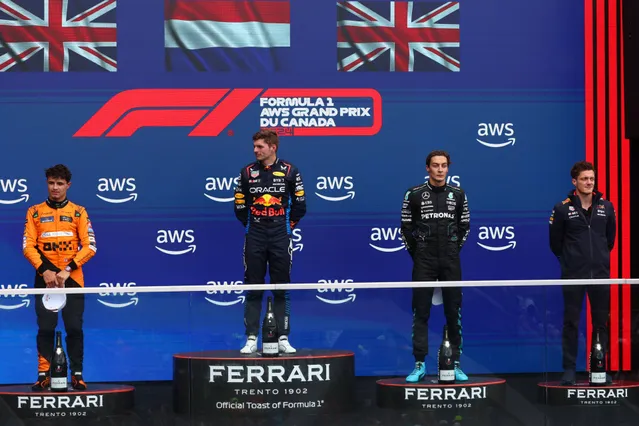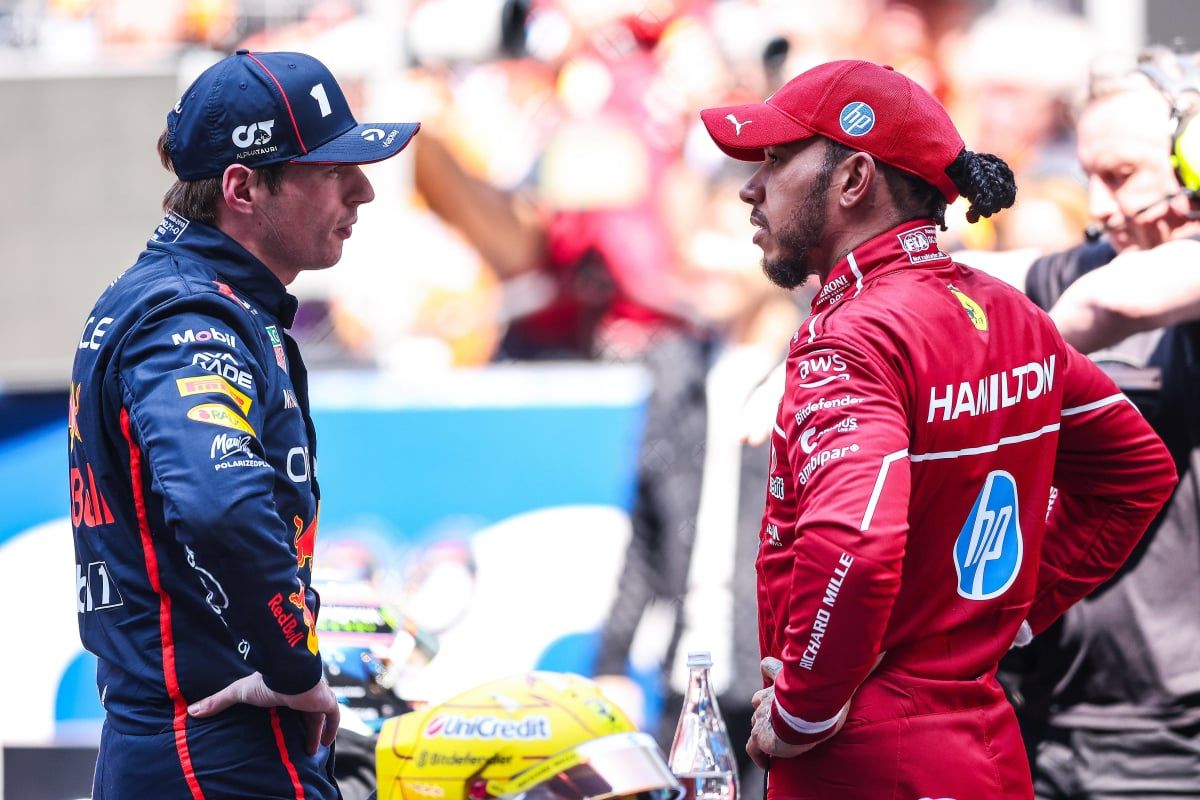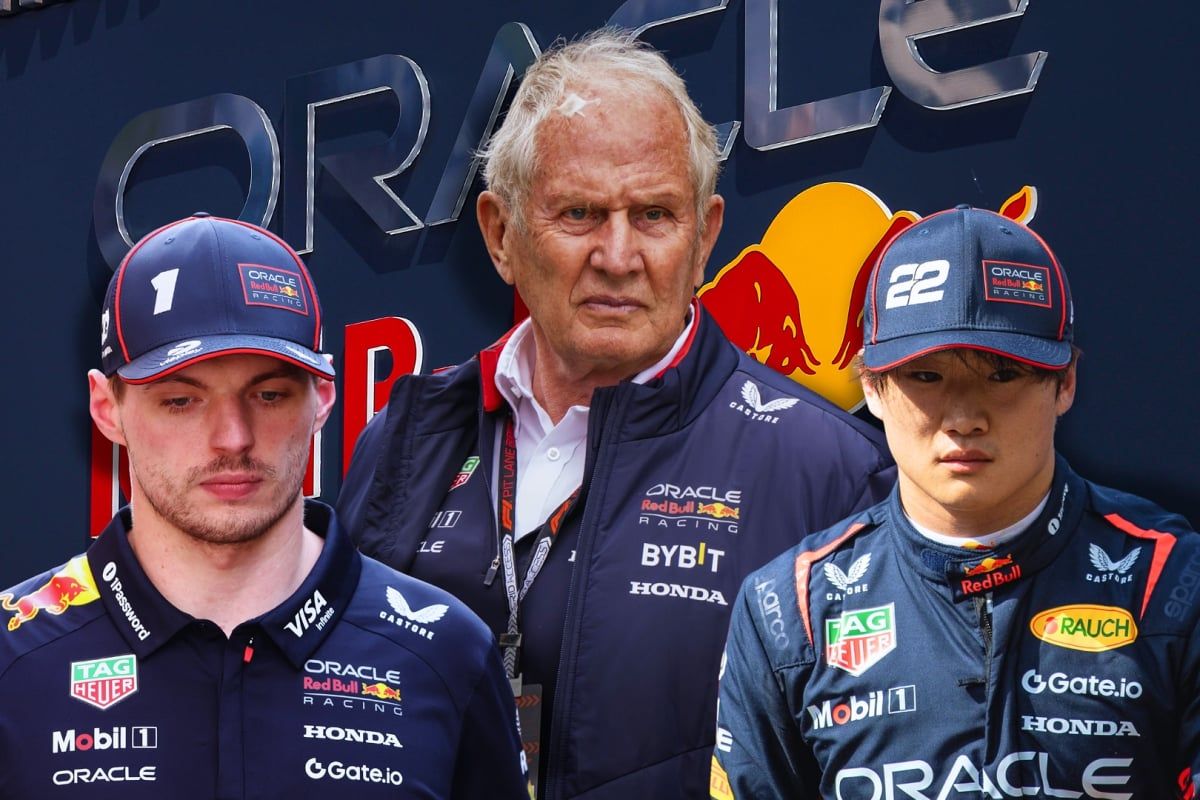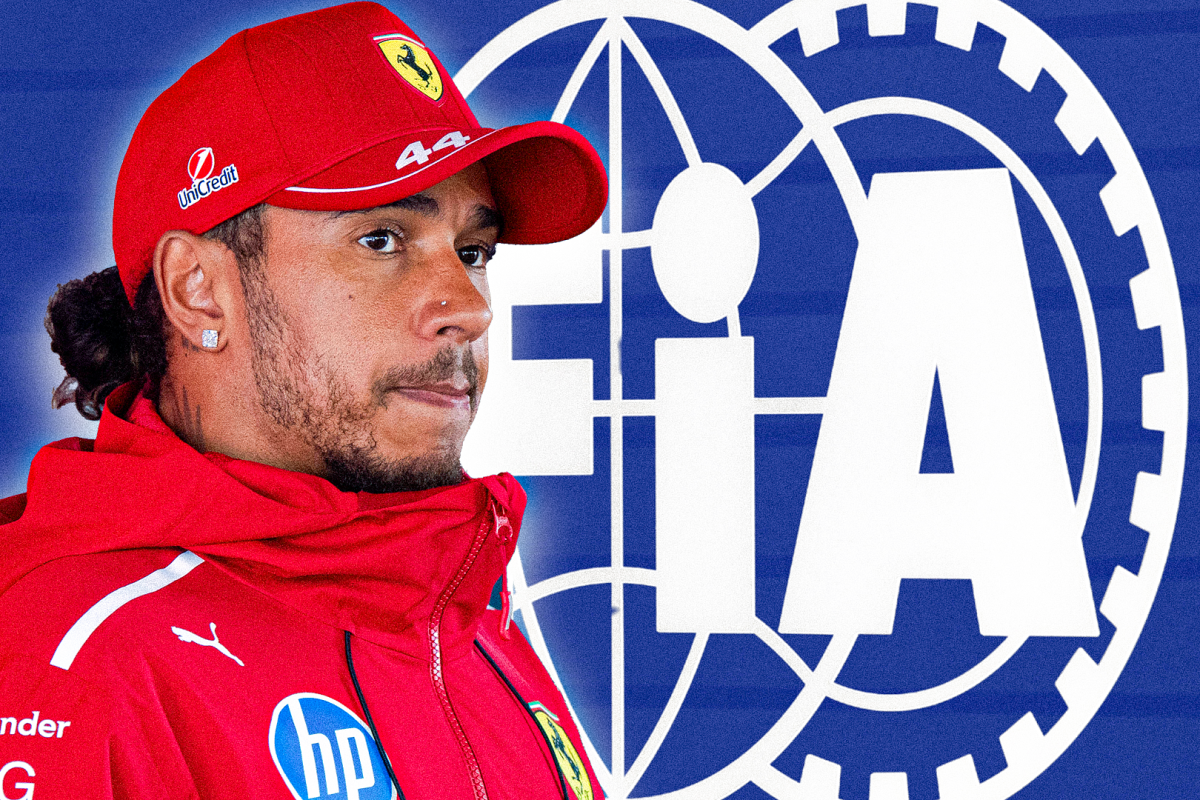Russell Dominates, but Chaos Reigns Supreme at C… read more
The Canadian Grand Prix, a spectacle of speed and strategy, descended into a whirlwind of drama, ultimately culminating in a thrilling victory for George Russell and a renewed championship narrative. The race, held at the iconic Circuit Gilles Villeneuve, showcased the unpredictable nature of Formula 1, with multiple incidents and strategic masterstrokes playing out on the track.
The pre-race atmosphere was charged with anticipation. Russell, the reigning polesitter, was eager to build on his recent momentum, while Max Verstappen, the championship leader, sought to maintain his grip on the top spot. The start, however, delivered a stark reminder of the unpredictability of the sport. A chaotic first lap saw several drivers embroiled in collisions, including a spectacular tangle that involved several mid-field contenders. While some cars limped away, others battled back, highlighting the resilience and determination of drivers to return to the fight. This initial scramble set the tone for a race of constant maneuvers and close calls.
Verstappen, despite an early setback, maintained his focus and determination. He exhibited the tenacity expected from a championship contender, navigating the treacherous early stages and showcasing tactical prowess. However, his strategy, though initially successful, proved less advantageous as the race wore on. The unpredictable nature of the race took its toll on the early leaders.
Amidst the melee, George Russell remained remarkably composed. The Mercedes driver, displaying exceptional skill and control, masterfully navigated the challenging conditions, maintaining a steady pace and efficiently managing his tires. This strategic stability emerged as a crucial factor, allowing Russell to capitalize on the ensuing chaos. He skillfully exploited the opportunities created by the other drivers’ mistakes, emerging as a clear leader.
The race unfolded not only as a struggle between drivers, but also a battle between teams. The strategic calls made by the pit crews played a critical role in determining the race’s outcome. Mercedes, with its meticulous approach to pit stops and tire management, showcased its engineering prowess. The team’s precision proved crucial in enabling Russell to maintain his lead, while other teams struggled to keep pace with the evolving conditions.
The safety car deployed intermittently played a pivotal role in reshuffling the pecking order. Drivers had to adapt their strategies, manage their tires, and maintain focus under pressure. The interruptions disrupted the flow of the race, adding an element of unpredictability and suspense.
Further incidents throughout the race kept the crowd on the edge of their seats. These accidents, though unfortunate, served as a testament to the high-stakes nature of Formula 1. The resilience and skill displayed by drivers to recover from these setbacks added depth to the overall excitement of the race. The unpredictability of the track further highlighted the meticulous attention to detail required to succeed in Formula 1.
The final stages of the Canadian Grand Prix were marked by intense maneuvering. Verstappen, while putting up a strong fight, ultimately couldn’t overcome Russell’s strong performance and strategic decisions. The race concluded with Russell taking the checkered flag, delivering a hard-fought victory. The win marked a significant milestone for the British driver, showcasing his mettle and strengthening his position in the overall championship standings. His commanding performance amidst the chaos cemented his reputation as a formidable contender.
The post-race analysis underscored the importance of adapting to the constantly evolving conditions. Drivers who demonstrated adaptability and strategic acumen emerged as victors, while those who struggled to maintain composure found themselves trailing in the wake of the race’s tumultuous events. Verstappen, while ultimately not achieving the win, maintained a strong position, further solidifying his championship challenge. The incident highlighted that even the most dominant drivers can face adversity and are forced to manage their expectations and performance against unpredicted issues.
The Canadian Grand Prix, while marked by its unpredictability, underscored the thrilling and dynamic nature of Formula 1. The victory for Russell, coupled with the close competition for second place, provided a compelling narrative of the championship’s complex dynamics. The race reinforced the sport’s reputation for high stakes, high-octane action, and the crucial interplay of strategy, skill, and sheer luck. The victory for Russell, amid the chaos, marked a critical moment in the season’s narrative, suggesting that the championship race remains a close affair.




